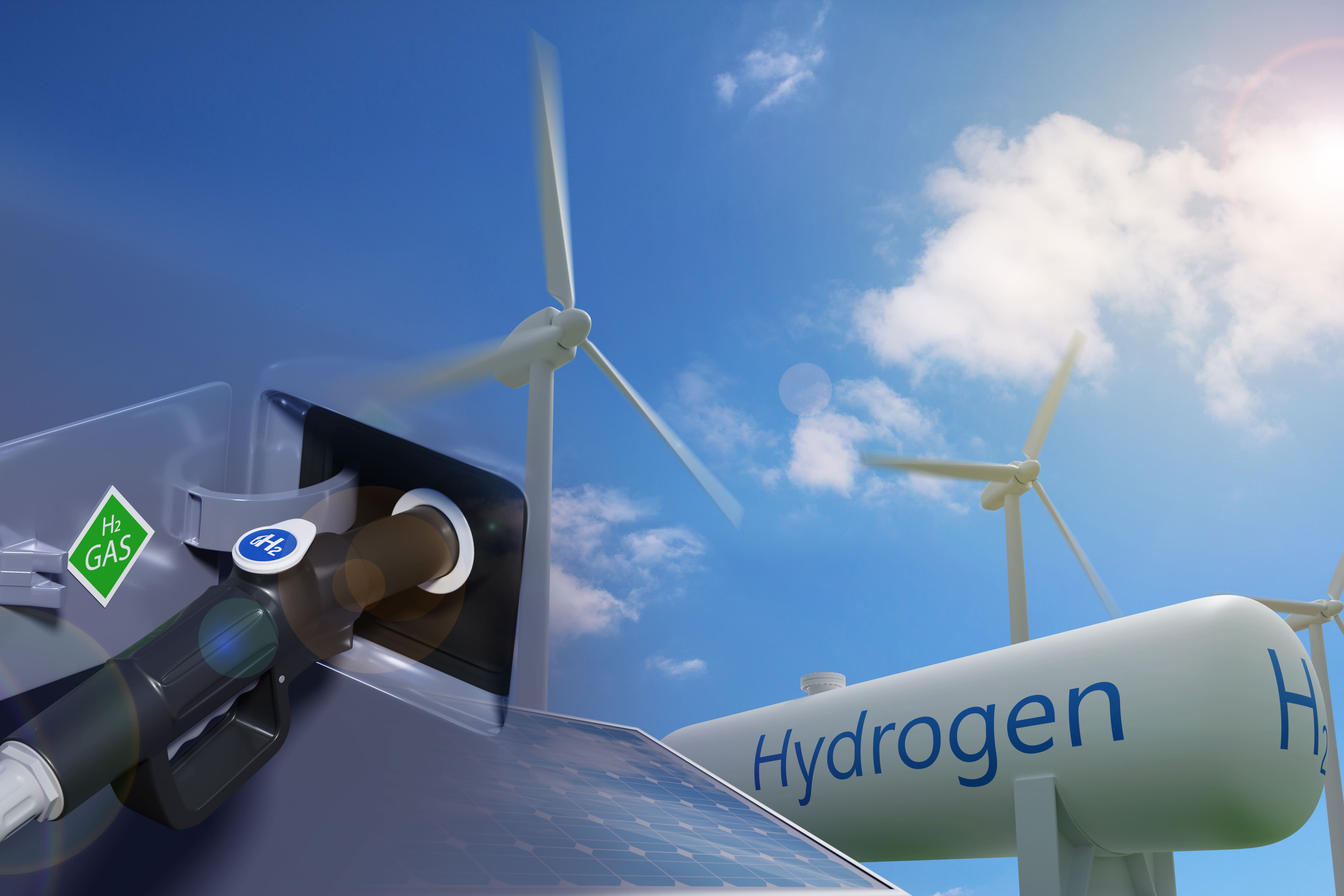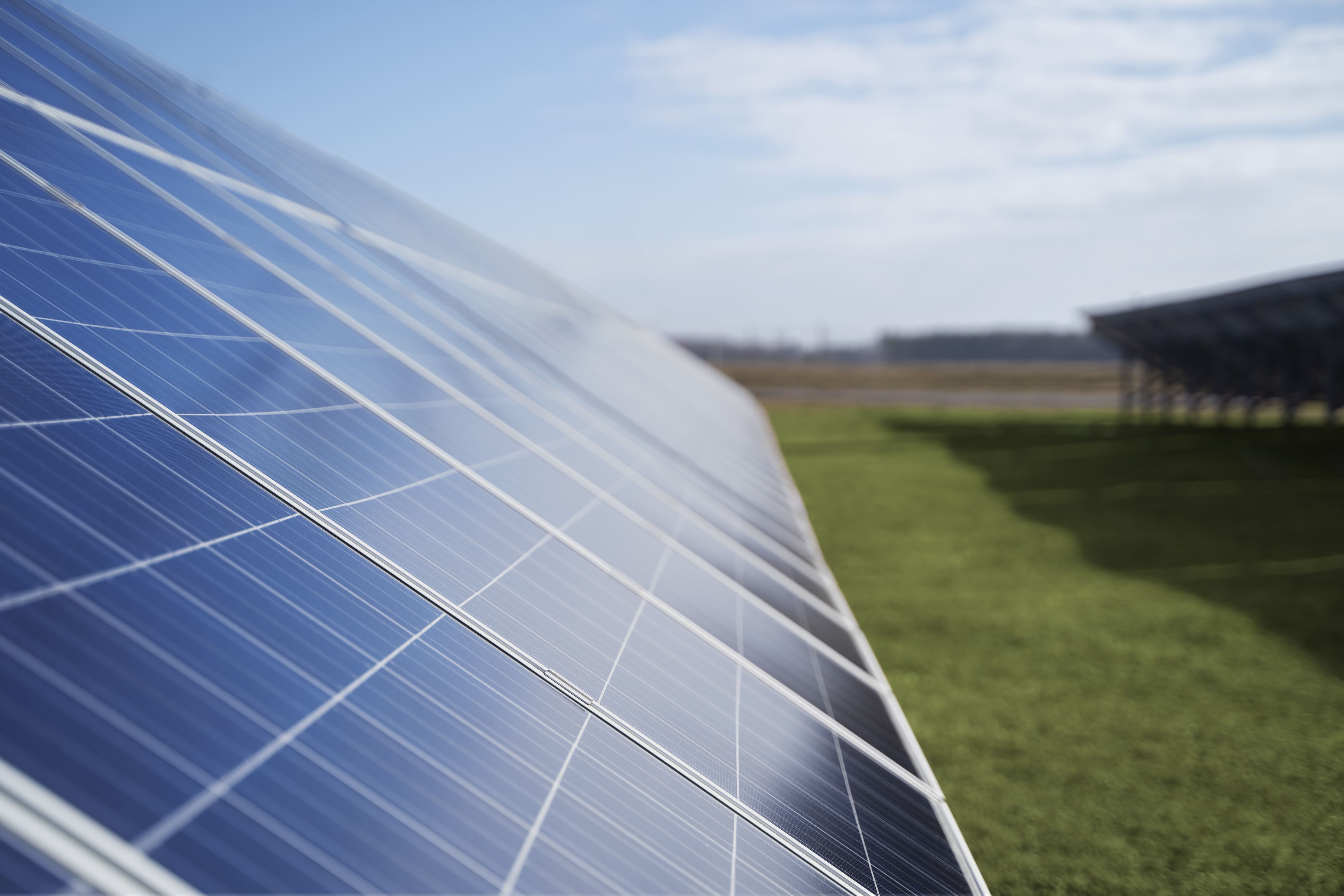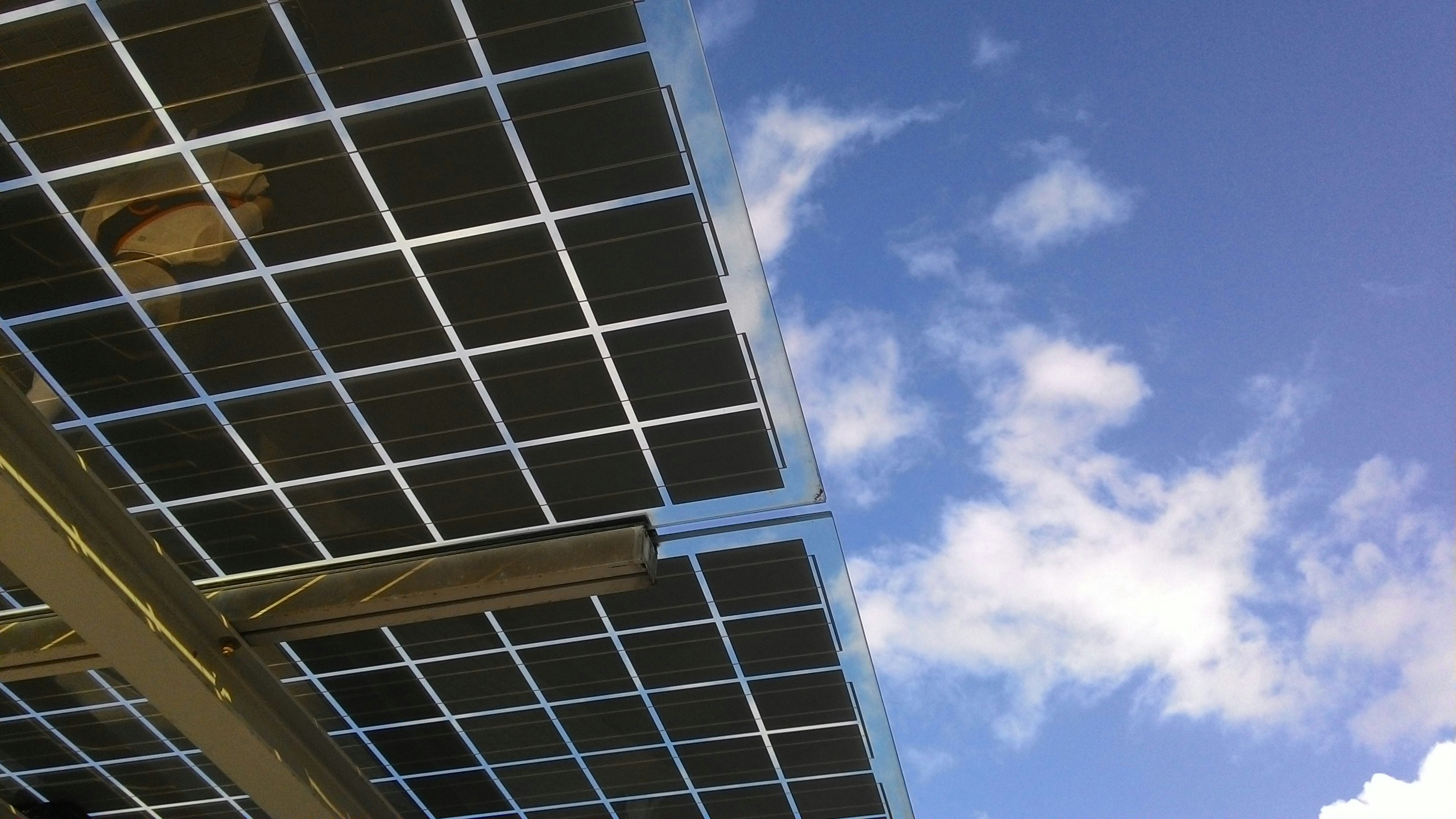
Nov 7, 2024
The New Era of Electrolyzers: Essential Technology for Green Hydrogen Production
Electrolyzers, devices that split water into hydrogen and oxygen using electricity, are at the heart of green hydrogen production. As the global energy transition advances, developing more efficient and affordable electrolyzer technologies has become crucial in making hydrogen a sustainable alternative to fossil fuels. This article examines key innovations in electrolyzer technology and how they are helping to reduce the cost of green hydrogen production.
What are Electrolyzers?
Electrolyzers are devices that use electricity to split water molecules into hydrogen and oxygen through a process known as electrolysis. When this electricity comes from renewable sources like solar or wind, the produced hydrogen is considered "green" because its production process generates no carbon emissions. There are various types of electrolyzers, with the most common being Proton Exchange Membrane (PEM) electrolyzers, alkaline electrolyzers, and solid oxide electrolyzers.
Technological Advances
In recent years, research on electrolyzers has progressed significantly, leading to the creation of more efficient devices with greater durability and lower operating costs. These advancements have been critical in making green hydrogen production competitive with fossil fuels. Key innovations include:
Cost Reduction: Research has focused on reducing the cost of materials used in electrolyzers, especially catalysts, which traditionally include precious metals like platinum. New low-cost catalysts are being developed to reduce the final price of the equipment.
Increased Efficiency: New electrolyzer designs have improved the electrolysis process's efficiency, meaning less electricity is needed to produce the same amount of hydrogen.
Durability: The lifespan of electrolyzers has also been extended, which is essential to reduce maintenance and replacement costs in large-scale industrial operations.
The Role of Electrolyzers in the Energy Transition
As the demand for green hydrogen grows, electrolyzers play a central role in making this energy source viable. In sectors such as transportation, heavy industry, and energy storage, green hydrogen is seen as the key to decarbonizing processes that are otherwise challenging to electrify. With the declining costs and rising efficiency of electrolyzers, green hydrogen adoption is expected to accelerate, aiding in achieving global emissions reduction targets.
Challenges and Future Outlook
Despite the advances, significant challenges remain for large-scale adoption of electrolyzers. Major obstacles include:
Initial Cost: Although costs are falling, electrolyzers still require a substantial initial investment, which can be a barrier for small and medium-sized producers.
Scalability: The ability to increase green hydrogen production on an industrial scale still faces limitations, particularly regarding the necessary infrastructure to support large volumes of electrolysis.
Conclusion
Electrolyzers are the backbone of green hydrogen production, and technological innovations are making this technology more accessible and efficient. While challenges remain, the future of green hydrogen looks promising, especially as renewable electricity costs continue to decline and electrolyzers become more efficient. Continued development in this area will be essential for green hydrogen to fulfill its role as a clean energy solution for the future.
Electrolyzers, devices that split water into hydrogen and oxygen using electricity, are at the heart of green hydrogen production. As the global energy transition advances, developing more efficient and affordable electrolyzer technologies has become crucial in making hydrogen a sustainable alternative to fossil fuels. This article examines key innovations in electrolyzer technology and how they are helping to reduce the cost of green hydrogen production.
What are Electrolyzers?
Electrolyzers are devices that use electricity to split water molecules into hydrogen and oxygen through a process known as electrolysis. When this electricity comes from renewable sources like solar or wind, the produced hydrogen is considered "green" because its production process generates no carbon emissions. There are various types of electrolyzers, with the most common being Proton Exchange Membrane (PEM) electrolyzers, alkaline electrolyzers, and solid oxide electrolyzers.
Technological Advances
In recent years, research on electrolyzers has progressed significantly, leading to the creation of more efficient devices with greater durability and lower operating costs. These advancements have been critical in making green hydrogen production competitive with fossil fuels. Key innovations include:
Cost Reduction: Research has focused on reducing the cost of materials used in electrolyzers, especially catalysts, which traditionally include precious metals like platinum. New low-cost catalysts are being developed to reduce the final price of the equipment.
Increased Efficiency: New electrolyzer designs have improved the electrolysis process's efficiency, meaning less electricity is needed to produce the same amount of hydrogen.
Durability: The lifespan of electrolyzers has also been extended, which is essential to reduce maintenance and replacement costs in large-scale industrial operations.
The Role of Electrolyzers in the Energy Transition
As the demand for green hydrogen grows, electrolyzers play a central role in making this energy source viable. In sectors such as transportation, heavy industry, and energy storage, green hydrogen is seen as the key to decarbonizing processes that are otherwise challenging to electrify. With the declining costs and rising efficiency of electrolyzers, green hydrogen adoption is expected to accelerate, aiding in achieving global emissions reduction targets.
Challenges and Future Outlook
Despite the advances, significant challenges remain for large-scale adoption of electrolyzers. Major obstacles include:
Initial Cost: Although costs are falling, electrolyzers still require a substantial initial investment, which can be a barrier for small and medium-sized producers.
Scalability: The ability to increase green hydrogen production on an industrial scale still faces limitations, particularly regarding the necessary infrastructure to support large volumes of electrolysis.
Conclusion
Electrolyzers are the backbone of green hydrogen production, and technological innovations are making this technology more accessible and efficient. While challenges remain, the future of green hydrogen looks promising, especially as renewable electricity costs continue to decline and electrolyzers become more efficient. Continued development in this area will be essential for green hydrogen to fulfill its role as a clean energy solution for the future.
Electrolyzers, devices that split water into hydrogen and oxygen using electricity, are at the heart of green hydrogen production. As the global energy transition advances, developing more efficient and affordable electrolyzer technologies has become crucial in making hydrogen a sustainable alternative to fossil fuels. This article examines key innovations in electrolyzer technology and how they are helping to reduce the cost of green hydrogen production.
What are Electrolyzers?
Electrolyzers are devices that use electricity to split water molecules into hydrogen and oxygen through a process known as electrolysis. When this electricity comes from renewable sources like solar or wind, the produced hydrogen is considered "green" because its production process generates no carbon emissions. There are various types of electrolyzers, with the most common being Proton Exchange Membrane (PEM) electrolyzers, alkaline electrolyzers, and solid oxide electrolyzers.
Technological Advances
In recent years, research on electrolyzers has progressed significantly, leading to the creation of more efficient devices with greater durability and lower operating costs. These advancements have been critical in making green hydrogen production competitive with fossil fuels. Key innovations include:
Cost Reduction: Research has focused on reducing the cost of materials used in electrolyzers, especially catalysts, which traditionally include precious metals like platinum. New low-cost catalysts are being developed to reduce the final price of the equipment.
Increased Efficiency: New electrolyzer designs have improved the electrolysis process's efficiency, meaning less electricity is needed to produce the same amount of hydrogen.
Durability: The lifespan of electrolyzers has also been extended, which is essential to reduce maintenance and replacement costs in large-scale industrial operations.
The Role of Electrolyzers in the Energy Transition
As the demand for green hydrogen grows, electrolyzers play a central role in making this energy source viable. In sectors such as transportation, heavy industry, and energy storage, green hydrogen is seen as the key to decarbonizing processes that are otherwise challenging to electrify. With the declining costs and rising efficiency of electrolyzers, green hydrogen adoption is expected to accelerate, aiding in achieving global emissions reduction targets.
Challenges and Future Outlook
Despite the advances, significant challenges remain for large-scale adoption of electrolyzers. Major obstacles include:
Initial Cost: Although costs are falling, electrolyzers still require a substantial initial investment, which can be a barrier for small and medium-sized producers.
Scalability: The ability to increase green hydrogen production on an industrial scale still faces limitations, particularly regarding the necessary infrastructure to support large volumes of electrolysis.
Conclusion
Electrolyzers are the backbone of green hydrogen production, and technological innovations are making this technology more accessible and efficient. While challenges remain, the future of green hydrogen looks promising, especially as renewable electricity costs continue to decline and electrolyzers become more efficient. Continued development in this area will be essential for green hydrogen to fulfill its role as a clean energy solution for the future.



